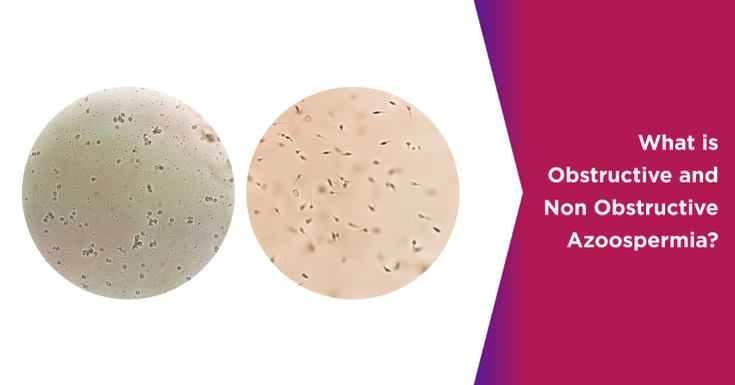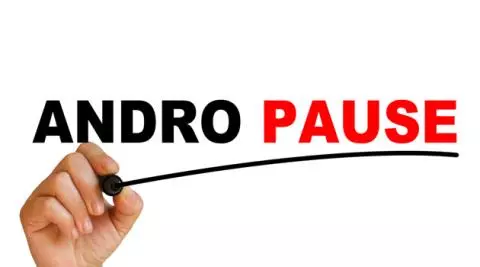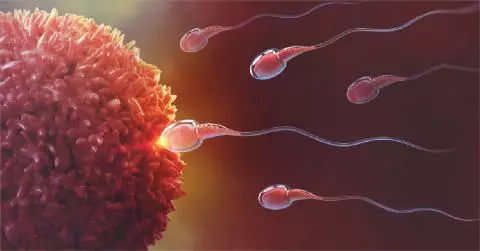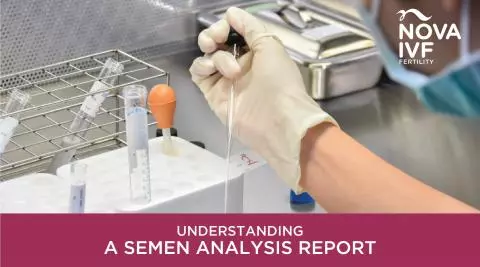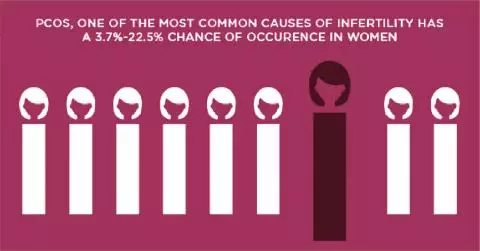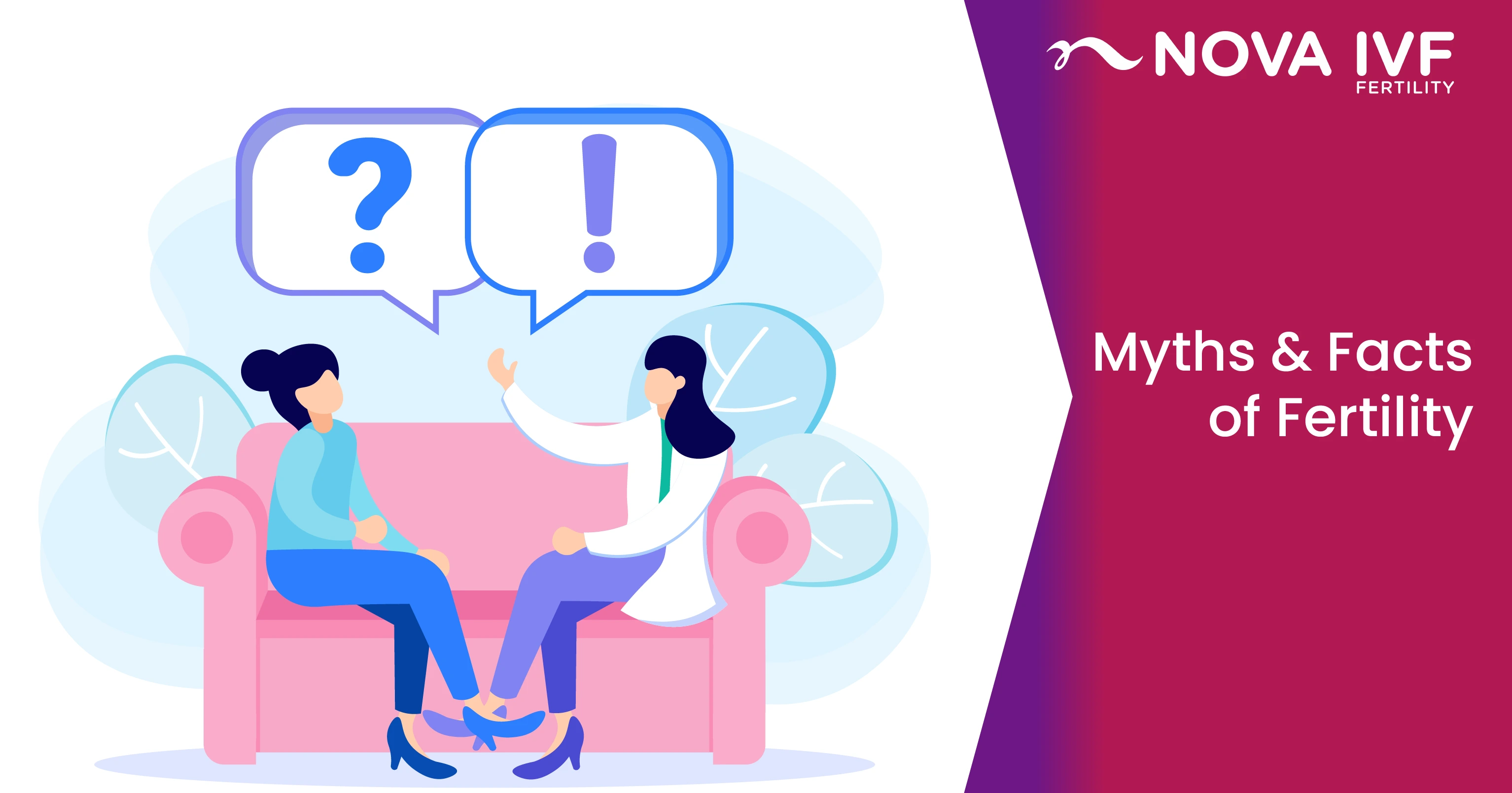The condition accounts for a large number of individuals who are diagnosed with fertility issues. A detailed diagnosis of the causes of Azoospermia is very important as there are multiple factors involved. There are two types of Azoospermia obstructive Azoospermia (OA) and Non Obstructive Azoospermia (NOA) and the treatments for these two variants are different.
Obstructive and Non Obstructive Azoospermia
There is a clear distinction between obstructive Azoospermia (OA) and non obstructive Azoospermia (NOA). Non obtrusive Azoospermia is a condition where sperms are not present in the semen as sperm production is impaired or abnormal. In obstructive Azoospermia, the absence of sperm is due to blockage in the reproductive tract.
Causes of Obstructive Azoospermia
In the case of obstructive Azoospermia, the sperm production might be normal, but sperm is not ejected normally because of a physical obstruction. This could be a retrograde ejaculation, common with diabetics, or inflammation and other trauma in the tubes that connect the testicles to the tip of the penis the epididymis, the vas deferens, and the ejaculatory duct.
Causes of Non Obstructive Azoospermia
Non obtrusive Azoospermia can be caused by hormonal abnormalities. Hormones are one of the triggers for the testicles to produce sperm. If the body is not producing enough pituitary hormones, the production of sperm is affected. Steroid use is often a cause for this scenario. Congenital conditions and injury can also cause testicular failure to produce sperm. Chemotherapy can also damage testicular cells that are required for spermproduction .
The Occurrence of Obstructive and Non Obstructive Azoospermia
According to studies, the occurrence of non obstructive Azoospermia is higher than obstructive Azoospermia. The latter condition accounts for a fifth of all Azoospermia cases. Some studies suggest that testosterone levels in OA are usually higher than in NOA, pointing at the more physical cause of the latter condition the obstruction.
Treatment of Obstructive Azoospermia
Treatment involves surgical procedures or corrections. Surgeries can be microsurgical reconstruction when feasible using microsurgical vasovasostomy or vasoepididymostomy. In cases related specifically to fertility and conception attempts, the solution for obstructive Azoospermia can be sperm retrieval for IVF (In Vitro Fertilization). Sperm can be extracted from the testicles or epididymis. Treatment of Non Obstructive Azoospermia
With advancements in medical science and fertility research, Azoospermia treatment has widened its scope of options.
- Hormonal treatment is being used to increase the chances of sperm production.
- Individuals with enlarged veins in the scrotum can undergo microscopic varicocelectomy.
Reach out to a fertility expert to learn more about Azoospermia, the different types and causes, and the treatments available.
 Infertility Counselling
Infertility Counselling Female Infertility Treatment
Female Infertility Treatment Andrology Treatment
Andrology Treatment Fertility Enhancing Surgeries - Female
Fertility Enhancing Surgeries - Female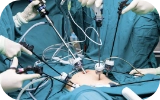 Fertility Enhancing Surgeries - Male
Fertility Enhancing Surgeries - Male Endoscopy Treatment
Endoscopy Treatment IUI Treatment
IUI Treatment IVF Treatment
IVF Treatment ICSI Treatment
ICSI Treatment Advanced IVF Solutions
Advanced IVF Solutions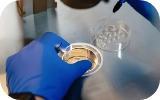 Embryology
Embryology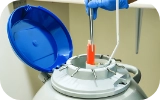 Vitrification Egg, Embryo, Sperm Freezing
Vitrification Egg, Embryo, Sperm Freezing Preimplantation Genetic Testing (PGT)
Preimplantation Genetic Testing (PGT) Donation Program Embryo / Egg / Sperm
Donation Program Embryo / Egg / Sperm Self-cycleTM IVF
Self-cycleTM IVF

 Self-cycleTM IVF
Self-cycleTM IVF